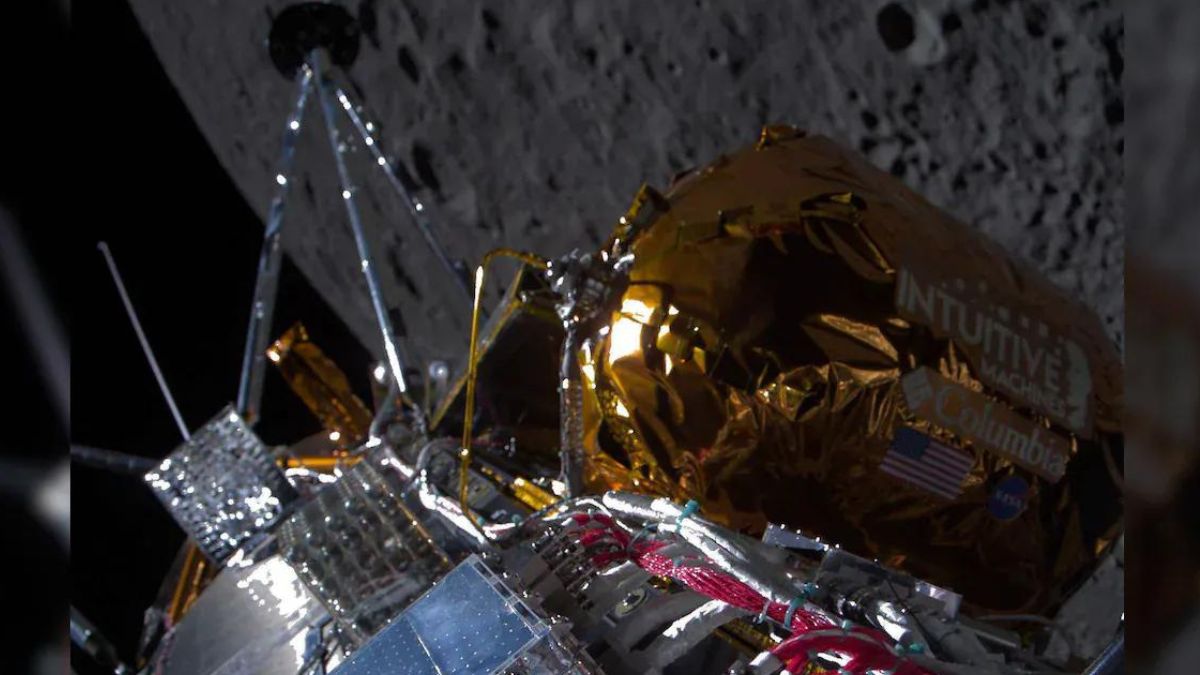The first American spacecraft to land on the moon since 1972, Odysseus, was nearing the end of its fifth day on the moon and was still operating, but flight controllers said that the vehicle’s battery was running low and that it would soon go black.
In a Tuesday web update, Texas-based Intuitive Machines stated that while the lander “efficiently sent payload science data and imagery in furtherance of the company’s mission objectives,” communication between the lander and its control center in Houston was maintained.
Last Thursday, the spacecraft made it to the lunar surface following an 11-hour navigational error and a rough landing. Odysseus landed in a position that was severely slanted or sideways, which has hindered the spacecraft’s capacity to charge its solar panel and conduct communications.
The following day, Intuitive Machines claimed that the navigational problem was due to human mistake. The vehicle’s laser-guided range finders could not be activated after launch because flight readiness teams had forgotten to manually unlock a safety switch. This left flight engineers scrambling to quickly devise a backup plan while in lunar orbit.
It remained unclear, according to Intuitive officials, if the range finders’ failure and the last-minute insertion of a workaround ultimately contributed to Odysseus’ unbalanced landing.
However, the business announced last Friday that the spacecraft’s capacity to refuel was limited as two of its communication antennae were damaged and pointing in the incorrect direction. It also had solar panels facing the wrong way.
Impact Shorts
More ShortsConsequently, Intuitive said on Monday that it anticipated losing touch with Odysseus on Tuesday morning, ending the mission that was supposed to last seven to ten days on the moon and carry twelve science instruments for NASA and a number of commercial customers.
)